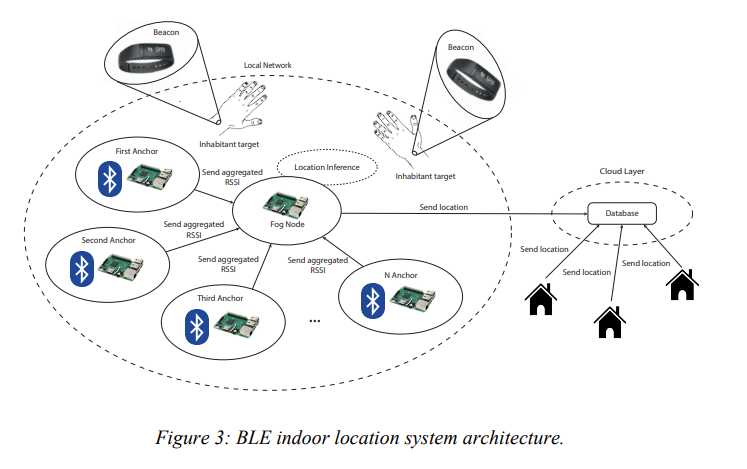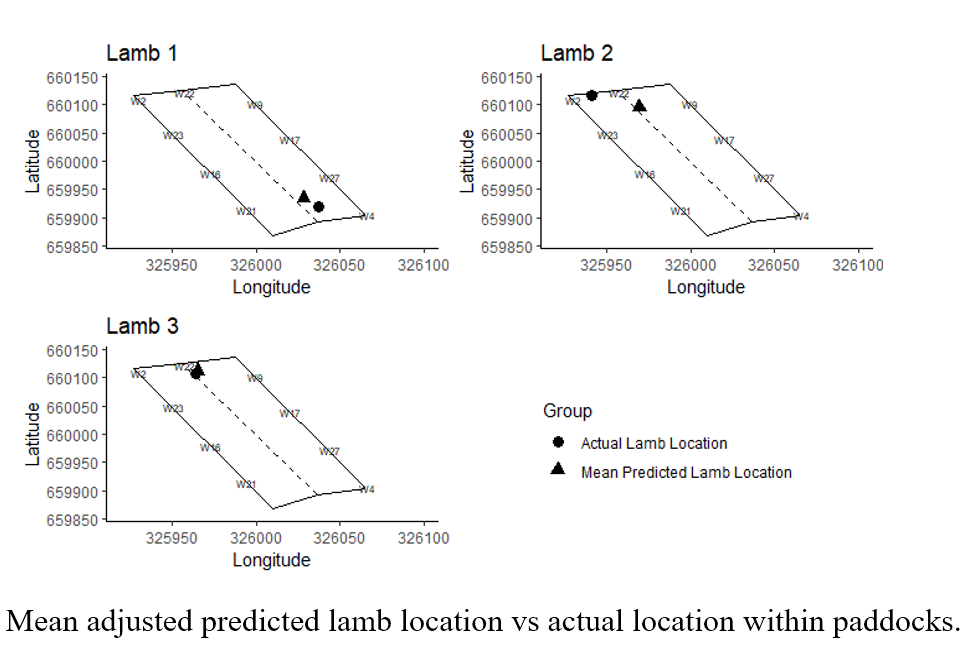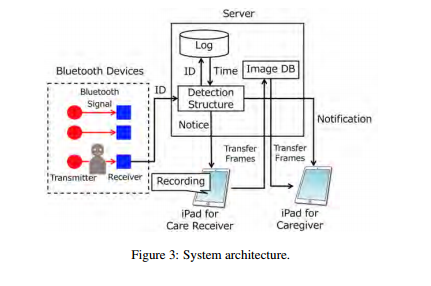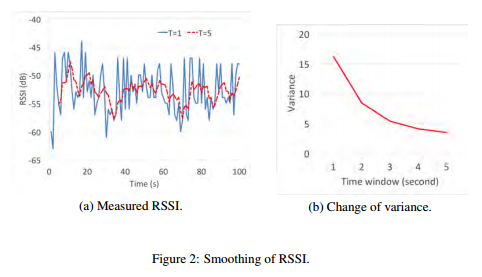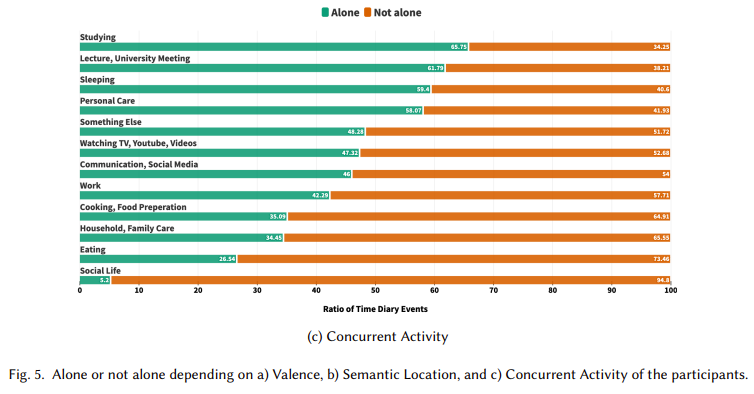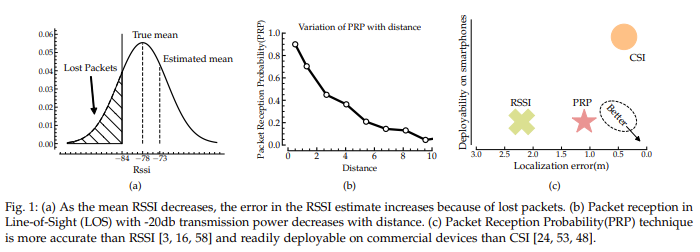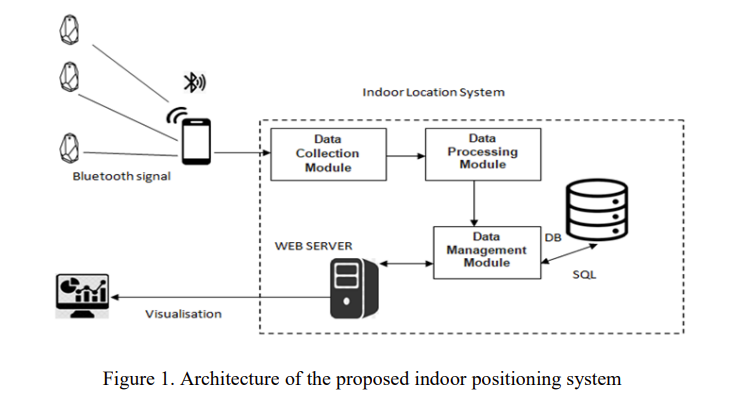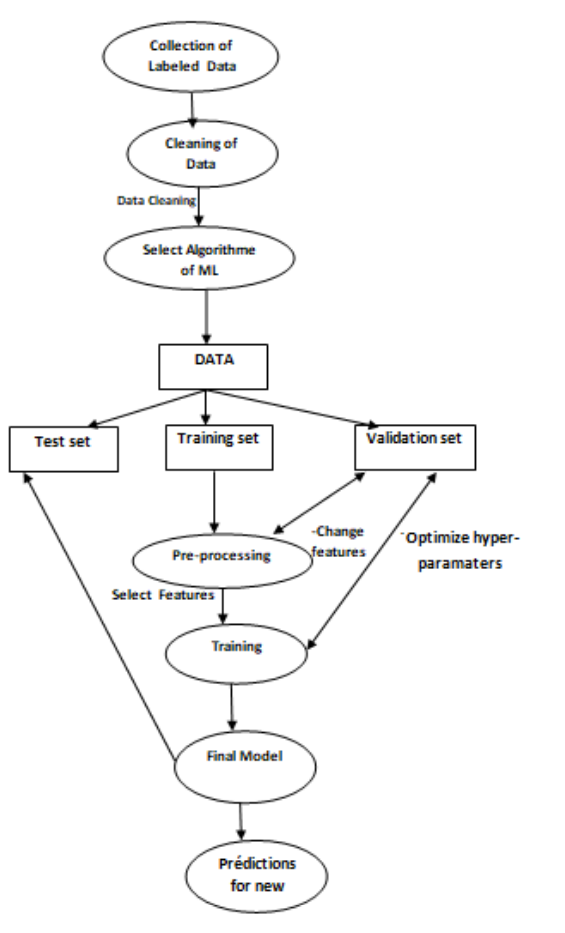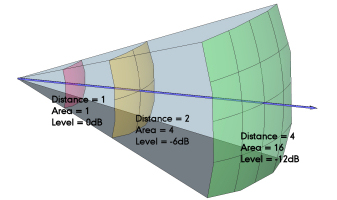There’s new research into BLE Beacons for Sample Position Estimation in A Life Science Automation Laboratory. In life science automation laboratories, monitoring and managing the position of samples is crucial. One emerging solution for sample position estimation in these settings is the use of Bluetooth Low-Energy (BLE) beacons.
Historically, many fingerprinting models that harness received signal strength (RSS) data have been proposed for indoor positioning. However, a large number of these methods require an extensive installation of beacons. In contrast, proximity estimation, which relies solely on a single beacon, emerges as a more apt solution, especially for vast automated laboratories.
The intricacies of the life science automation laboratory environment present hurdles for the conventional path loss model (PLM), a prevalent method of proximity estimation based on radio wave propagation. Addressing this challenge, the paper introduces BLE sensing devices crafted specifically for sample position estimation. The proximity estimation rooted in BLE beacon technology is explored within a machine learning framework. Here, support vector regression (SVR) is employed to capture the nonlinear correlation between RSS data and distance. Concurrently, the Kalman filter is applied to reduce deviations in the RSS data.
Experimental outcomes spanning diverse settings underline the superiority of SVR over PLM. Remarkably, SVR achieved 1m absolute errors for an impressive 95% of test samples. The addition of the Kalman filter augments stable distance predictions, effectively smoothed the raw data and mitigated extreme value impacts.
When estimating positions between parallel workbenches, the framework achieved an average mean absolute error (MAE) of just 0.752m across 12 test positions. And for position estimation on workstations, identification accuracies beyond 99.93%.
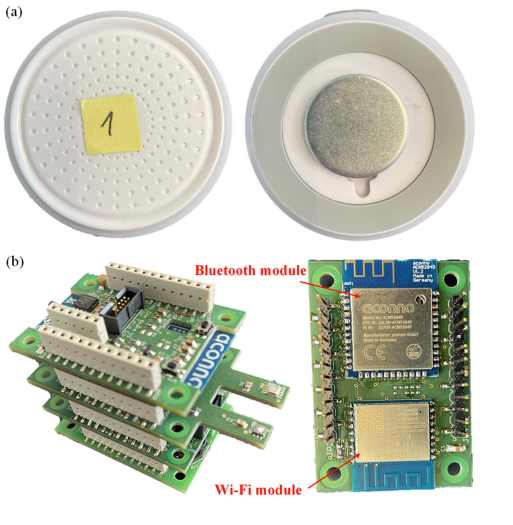
In conclusion, for labs aiming to enhance sample position estimation, the BLE beacon paired with an IoT node presents a flexible sensing solution. By integrating machine learning, particularly SVR, and the Kalman filter, this framework offers increased accuracy in both corridors and labs.
